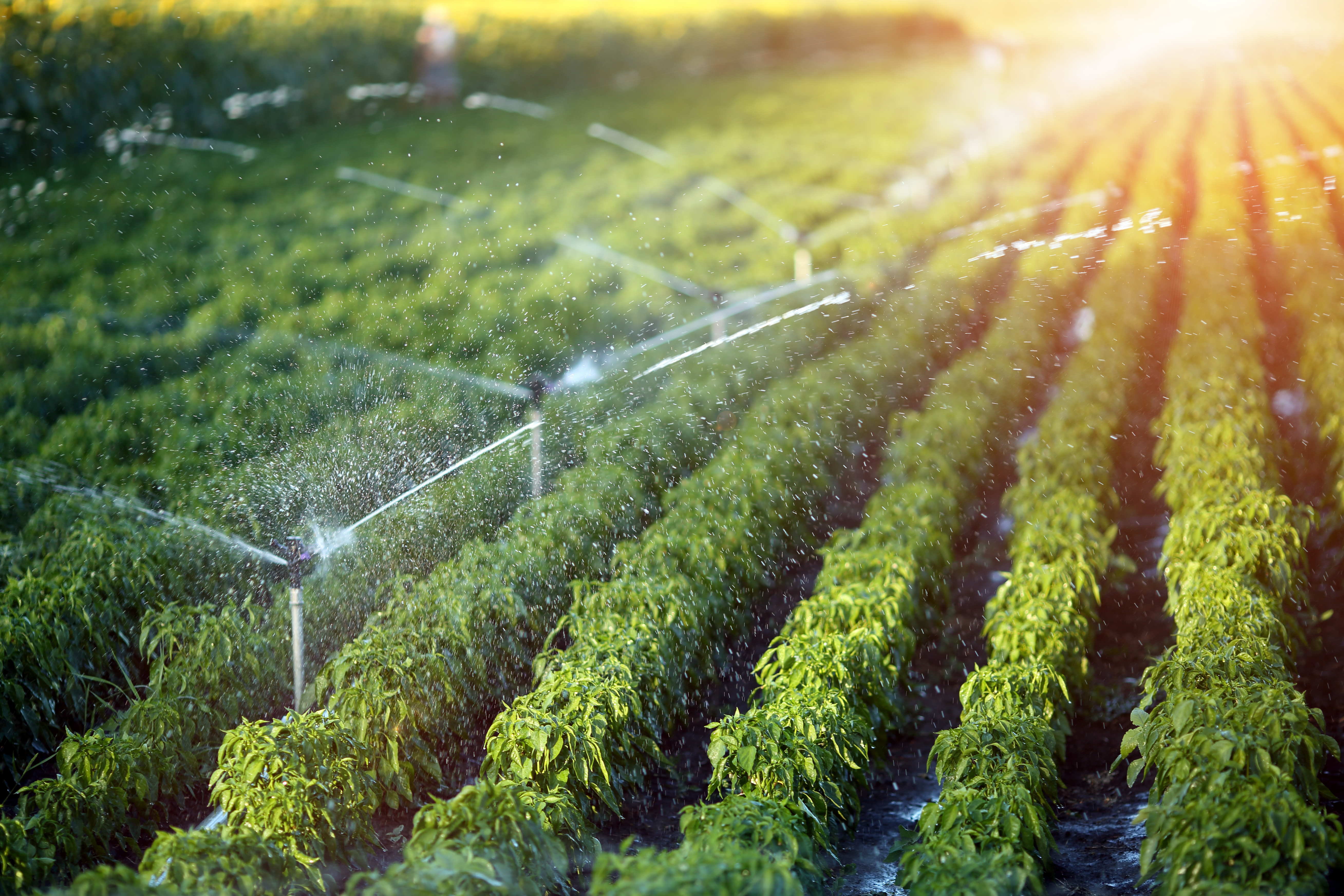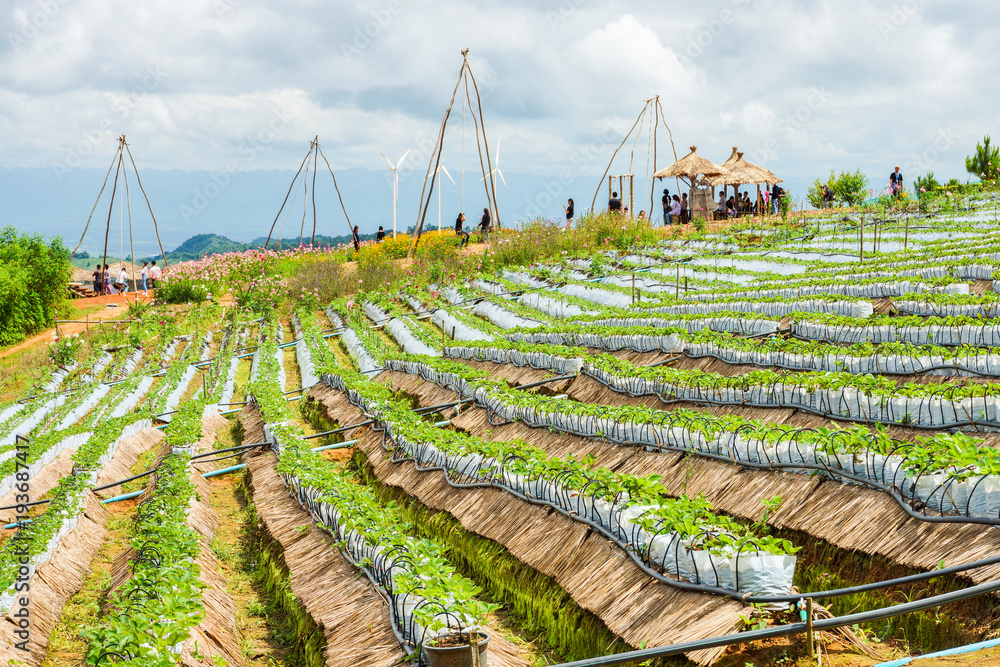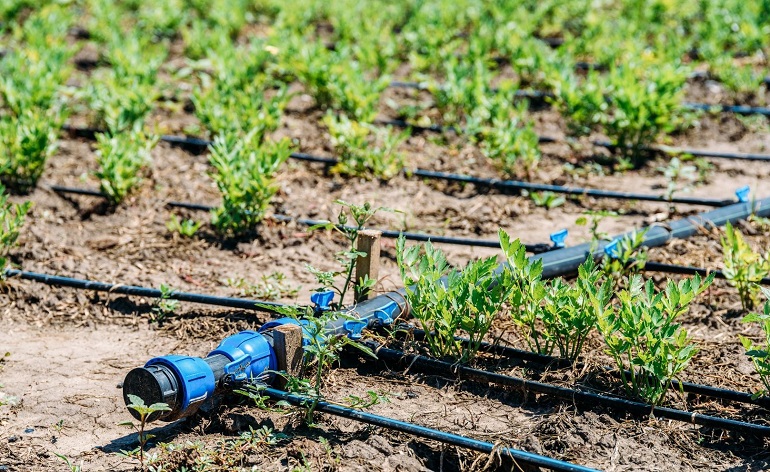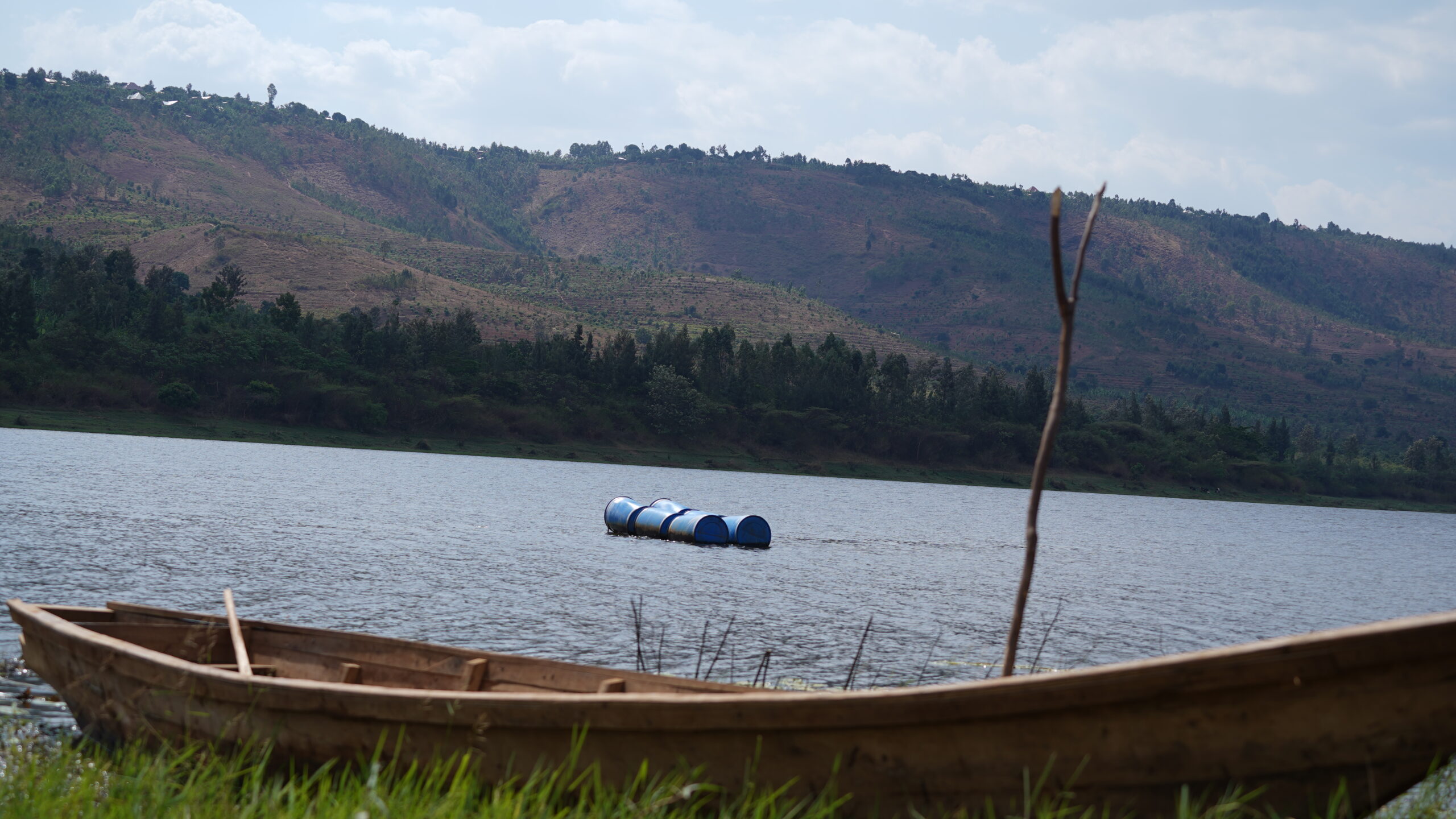Technology is advancing in all sectors of Economy. Nikki production is also investing and Using Technology through Irrigation and Drainage. We encompasses in providing water to crops and managing Excess water both crucial for agricultural success. Irrigation systems deliver water, while drainage systems remove excess water to prevent waterlogging and other issues. Common irrigation methods include surface irrigation, sprinkler irrigation, and drip irrigation, each with its own pros and cons. Drainage systems, on the other hand, employ various techniques like subsurface drainage and open ditches

NIKKI PRODUCTION DO :
Irrigation:
- Surface Irrigation:Involves flooding fields with water, often through furrows or basins. While simple and cost-effective, it can be inefficient and lead to water loss.
- Sprinkler Irrigation:Applies water to the soil through sprinklers, either fixed or moving systems. This method can be more efficient than surface irrigation, but water loss due to evaporation can still occur.
- Drip Irrigation:Delivers water directly to the plant roots, minimizing water loss and maximizing water use efficiency. It’s particularly effective in clay soils and can be automated.
- Subirrigation:Raises the water table to or near the plant root zone using ditches or subsurface drains.
Drainage:
- Subsurface Drainage:Involves installing pipes below the soil surface to remove excess water. This method is effective in preventing waterlogging and can improve soil aeration.
- Open Ditches:Creates channels to remove excess water from the surface. While simpler to construct than subsurface systems, they can be prone to erosion and may require more frequent maintenance.

Technology and Management:
- Technical Irrigation Management:Focuses on optimizing water use based on climatic parameters and soil conditions. This involves monitoring weather patterns and adjusting irrigation schedules accordingly.
- Irrigation and Drainage Plans (IDP):These plans aim to match irrigation and drainage practices with land and soil characteristics to minimize negative impacts, including environmental ones.
- Water Management in Agriculture:Involves various aspects of water use, including water harvesting, salinity management, and flood management.
Benefits:
- Increased Productivity and Yields: Proper irrigation and drainage can significantly increase crop yields.
- Reduced Water Requirements: Efficient irrigation methods can reduce water use.
- Enhanced Climate Change Adaptability: Improved irrigation systems can help farmers adapt to drought conditions.
- Reduced Costs: Sustainable soil and water management practices can lead to lower input costs.
Key Concepts:
- Water Table: The depth of the water in the soil.
- Waterlogging: A condition where the soil becomes saturated with water, hindering plant growth.
- Salinity: The amount of salt in the soil, which can be a problem if not properly managed.
- Water Harvesting: Collecting and storing rainwater for later use.
Join NIKKI PRODUCTION for Your All solution in Irrigation Services










